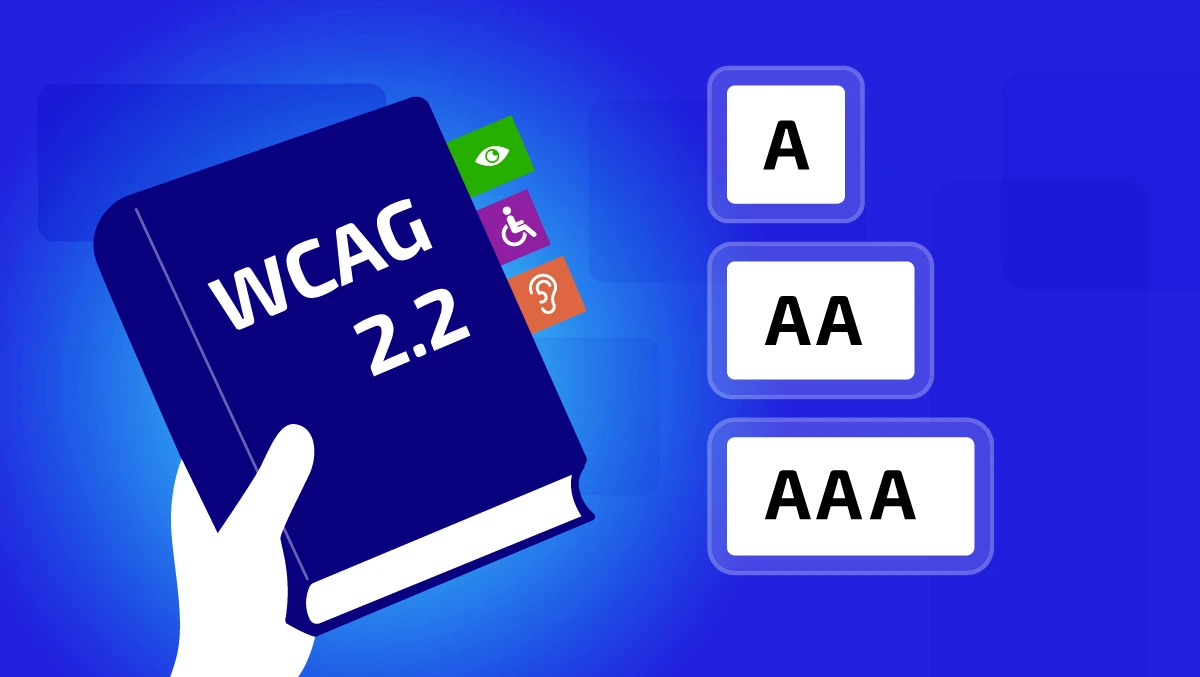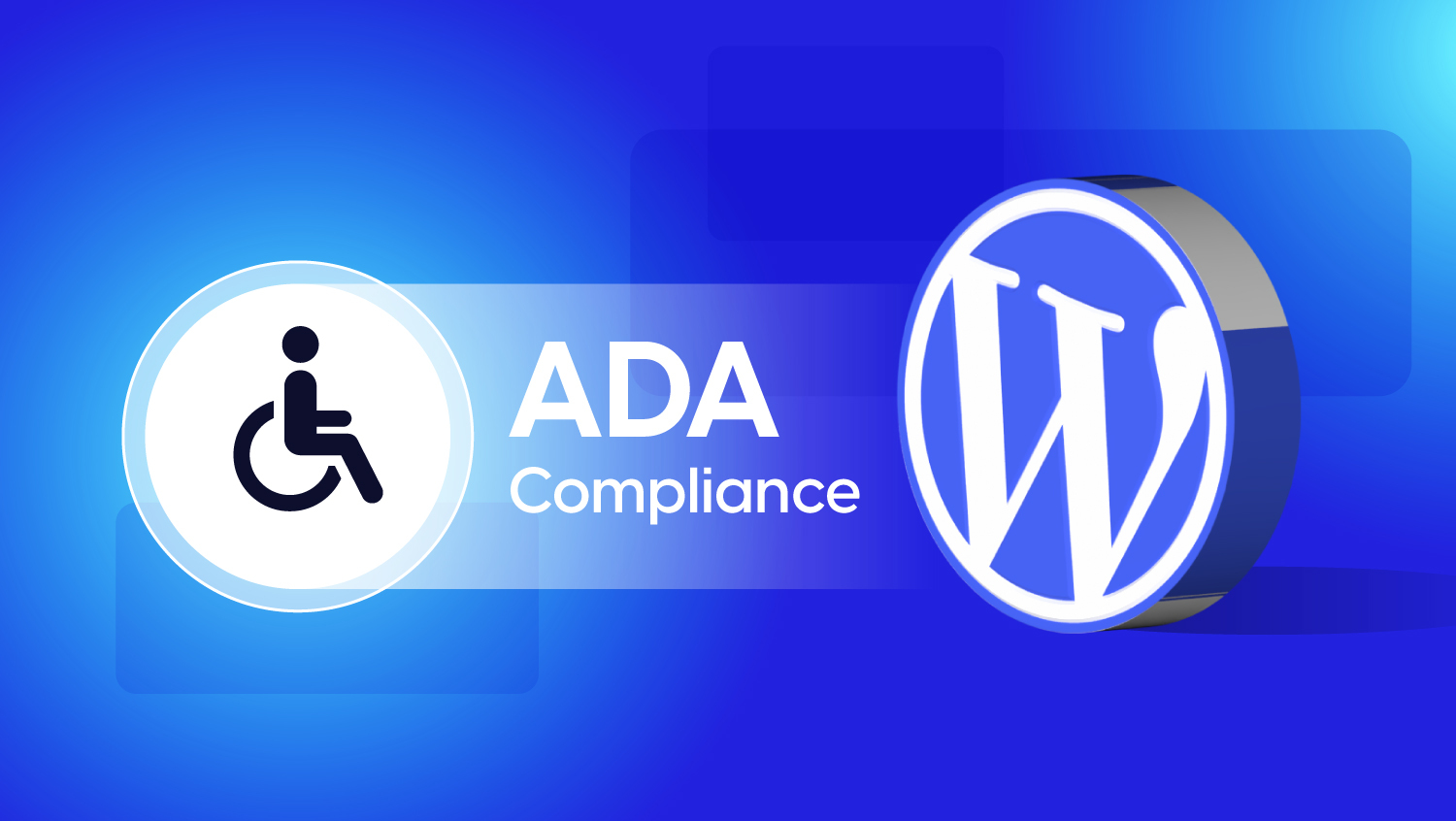Canada Accessibility Standards: What You Need to Know in 2025

Accessibility Is Not Just Policy, It’s Progress
As digital access becomes a human right, Canada accessibility standards are shaping how organizations design, build, and manage both physical and digital spaces.
Whether you're a business owner, web developer, public sector leader, or policy maker, staying compliant with Canada’s accessibility laws is not only a legal obligation — it’s an opportunity to be more inclusive, future-ready, and socially responsible.
In this guide, you’ll discover:
- The main accessibility laws across Canada
- Digital accessibility requirements under each regulation
- Key deadlines and compliance checklists
- Best practices for building an inclusive digital presence
Understanding Accessibility Standards in Canada
Accessibility in Canada is governed by both federal and provincial laws, each with its own mandates and deadlines. Here's an overview:
| Jurisdiction | Accessibility Law | Applies To |
| Federal | Accessible Canada Act (ACA) | Government departments, Crown corporations, federally regulated businesses |
| Ontario | Accessibility for Ontarians with Disabilities Act (AODA) | All public and private sector organizations |
| Manitoba | Accessibility for Manitobans Act (AMA) | Government and public-facing businesses |
| Nova Scotia | Accessibility Act | Public sector, gradually expanding to private sector |
| British Columbia | Accessible BC Act | Provincial government and public organizations |
The Accessible Canada Act (ACA)Overview
The Accessible Canada Act, enacted in 2019, aims to create a barrier-free Canada by 2040. It focuses on proactive removal and prevention of barriers across seven key areas, including employment, transportation, and digital technologies.
Who Must Comply?
- Federal institutions
- Banks, airlines, telecom companies
- Crown corporations like Canada Post
Digital Requirements
Organizations must:
- Create Accessibility Plans and update them every 3 years
- Establish feedback mechanisms
- Publish progress reports
- Ensure websites, apps, and internal systems follow WCAG 2.1 Level AA
AODA: Ontario’s Digital Accessibility Pioneer
Overview
Ontario was the first province to pass comprehensive accessibility legislation. AODA aims to make the province fully accessible by 2025.
Key Digital Requirements
- All websites of public and private organizations with 50+ employees must comply with WCAG 2.0 Level AA
- Annual compliance reports are mandatory
- Accessibility policies and training must be documented
Deadline Reminder: All public websites must be fully accessible by January 1, 2025
Other Provincial Standards: What You Should Know
Manitoba’s AMA
Focuses on removing barriers in customer service, employment, and digital communication.
Digital Notes: Must provide alternate formats upon request and create accessible communication policies.
Nova Scotia’s Accessibility Act
Requires public sector bodies to create accessibility plans and will expand to businesses over time.
British Columbia’s Accessible BC Act
Introduced in 2021, includes digital accessibility standards under development. Implementation is expected to mirror AODA’s structure.
Website Accessibility Checklist (Canada-Focused)
Use this checklist to align your site with Canadian legal standards:
| Requirement | Status |
| Follows WCAG 2.1 AA (or 2.0 AA for AODA) | ✅ / ❌ |
| Has an accessibility statement | ✅ / ❌ |
| Offers alternate formats (e.g., PDFs, audio) | ✅ / ❌ |
| Features keyboard navigation | ✅ / ❌ |
| Includes alt text for all images | ✅ / ❌ |
| Uses clear and readable fonts | ✅ / ❌ |
| Provides descriptive link and button labels | ✅ / ❌ |
| Enables screen reader compatibility | ✅ / ❌ |
| Avoids flashing or seizure-triggering content | ✅ / ❌ |
| Supports user feedback for accessibility issues | ✅ / ❌ |
Pro Tip: Future-Proof with WCAG 2.2 and Beyond
Although most Canadian laws currently reference WCAG 2.0 or 2.1, planning for WCAG 2.2 or even WCAG 3.0 will keep your digital properties ahead of the curve and reduce long-term maintenance.
Real-World Example: CBC/Radio-Canada’s Accessibility Commitment
CBC has developed a comprehensive digital accessibility strategy that includes:
- Internal training for content creators
- User testing with assistive technologies
- Consistent compliance with WCAG across all new digital projects
Their proactive approach has made them a leader in public-sector accessibility in Canada.
Conclusion:
Canada is leading the way in legislating digital inclusion. But beyond checklists and deadlines, accessibility is about empowering everyone to use the internet freely and independently.
Whether you're revamping a site, launching a new platform, or modernizing your communication strategy, aligning with Canadian accessibility standards is a step toward a more equitable web.
FAQs About Canada Accessibility Standards
Yes. Under the ACA and AODA (and similar provincial laws), digital accessibility is required for public and many private sector organizations.
WCAG 2.0 Level AA (AODA) and WCAG 2.1 Level AA (ACA) are the most commonly mandated standards.
Fines can reach up to $250,000 per violation under the ACA and $100,000 per day under AODA for failing to meet requirements.
Yes, especially if you operate in Ontario and have 50+ employees or provide public services.
Use tools like WAVE, axe DevTools, and Lighthouse, and always include manual testing with assistive technologies.




